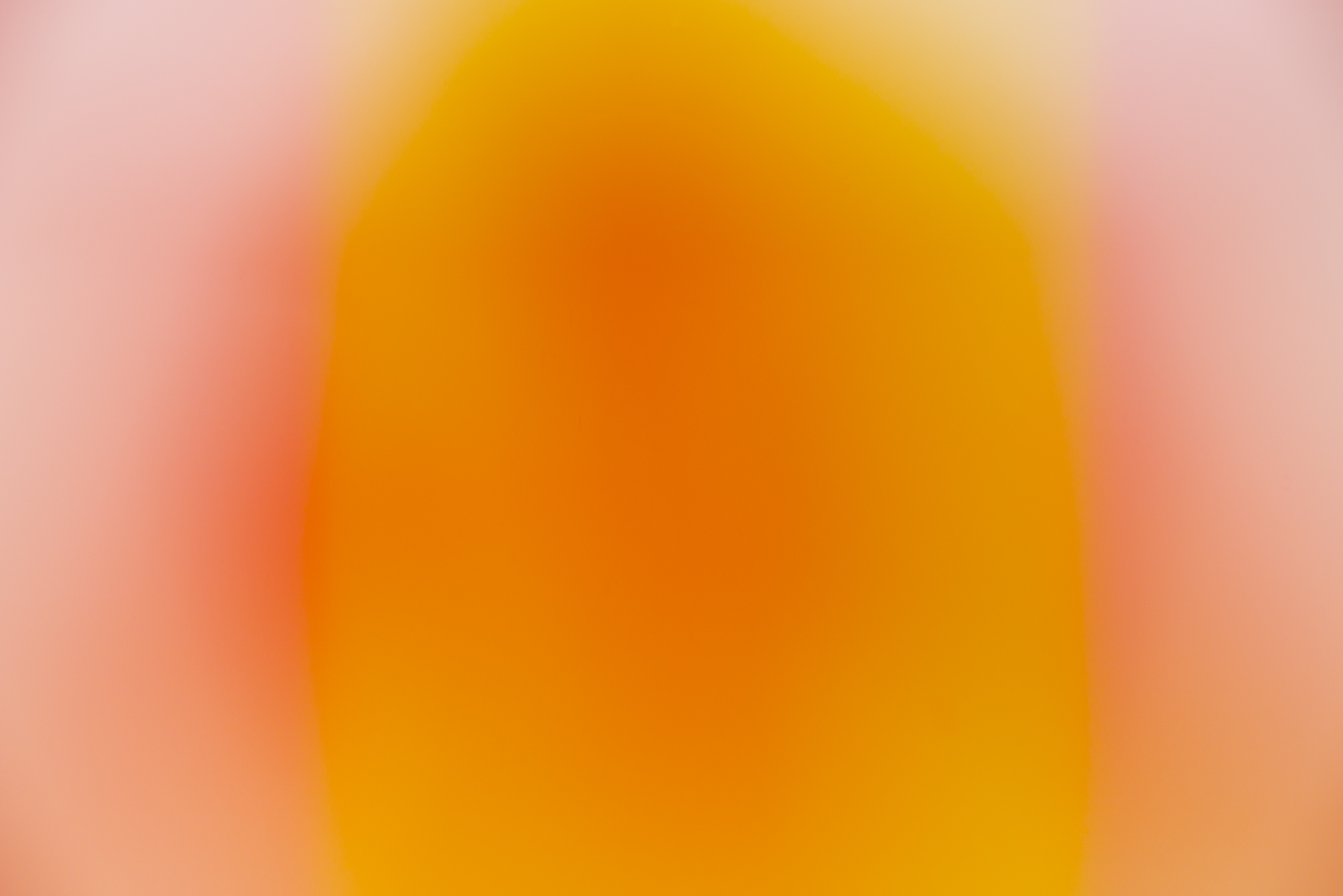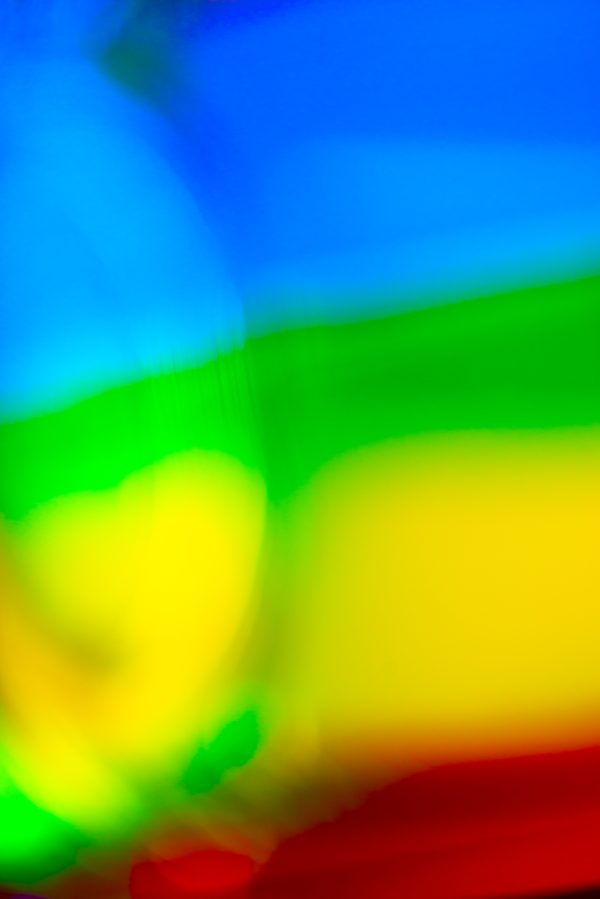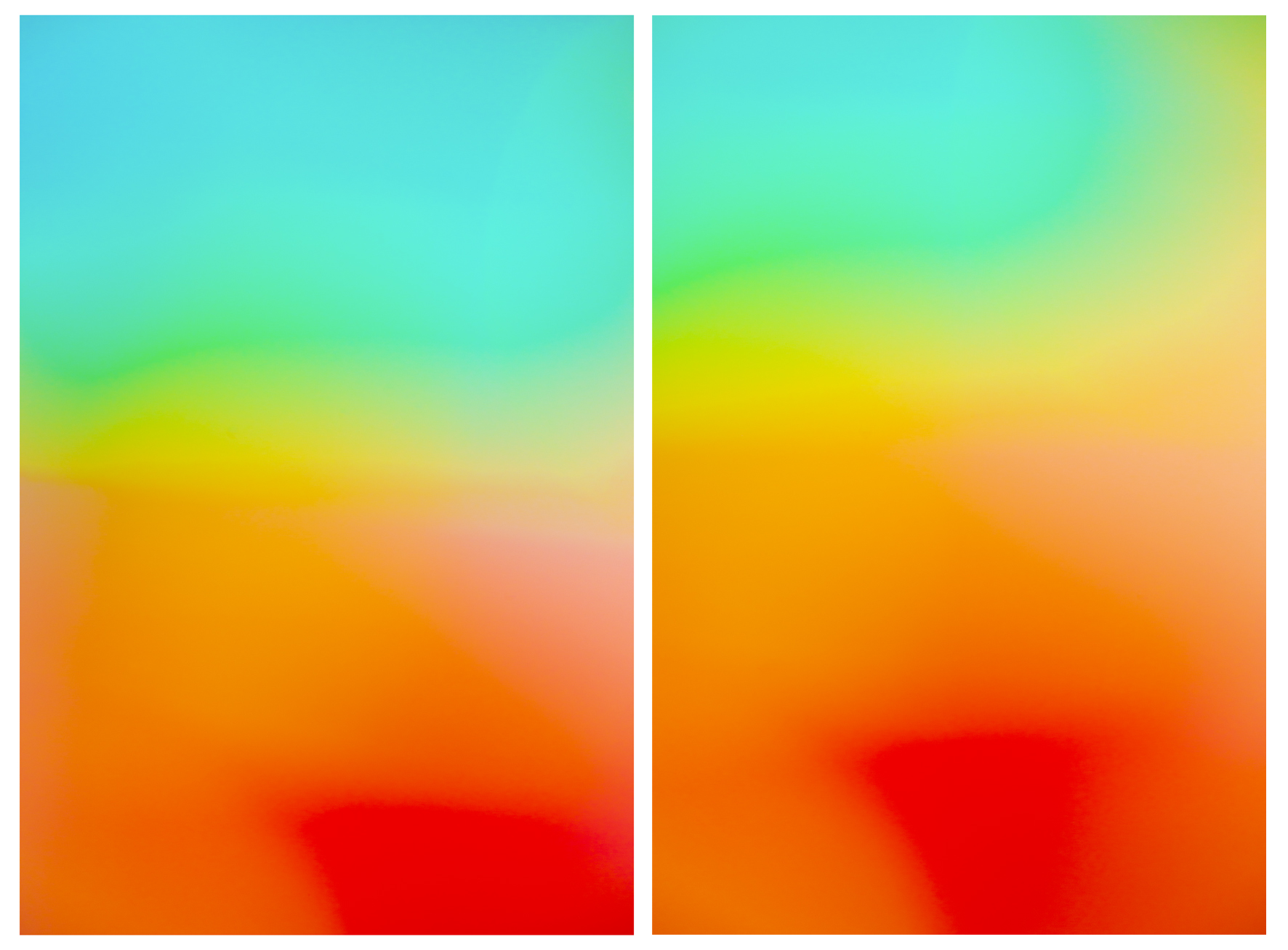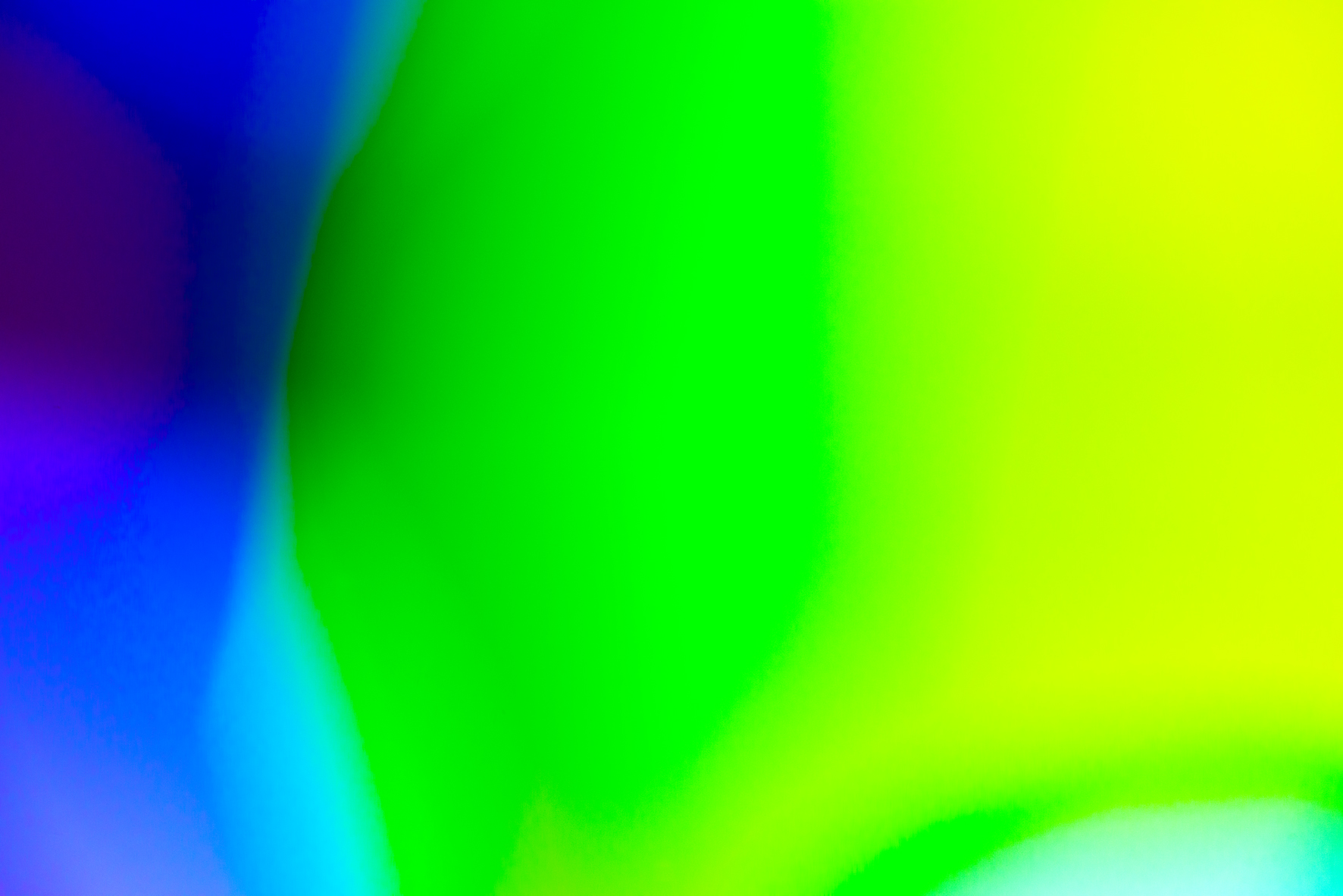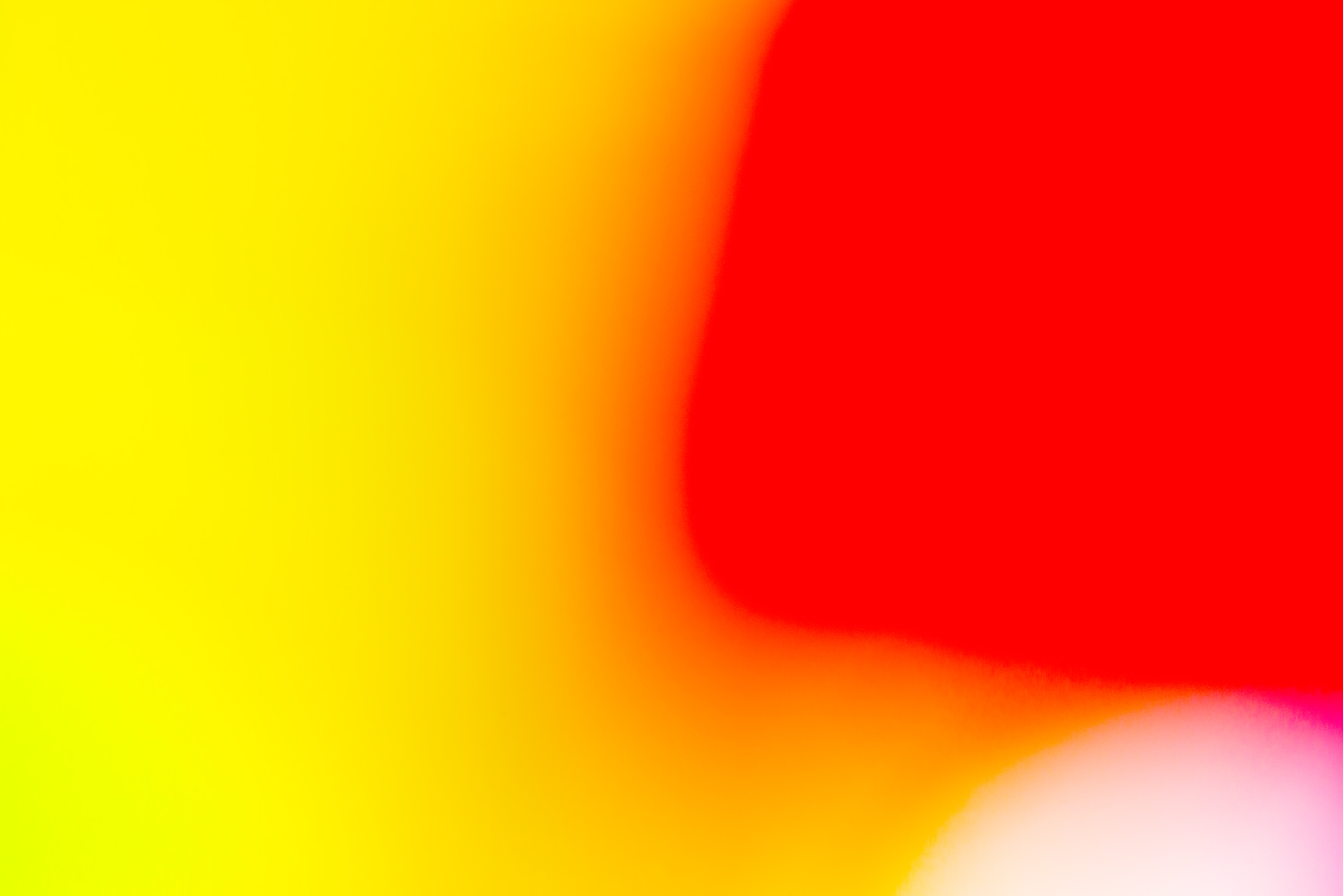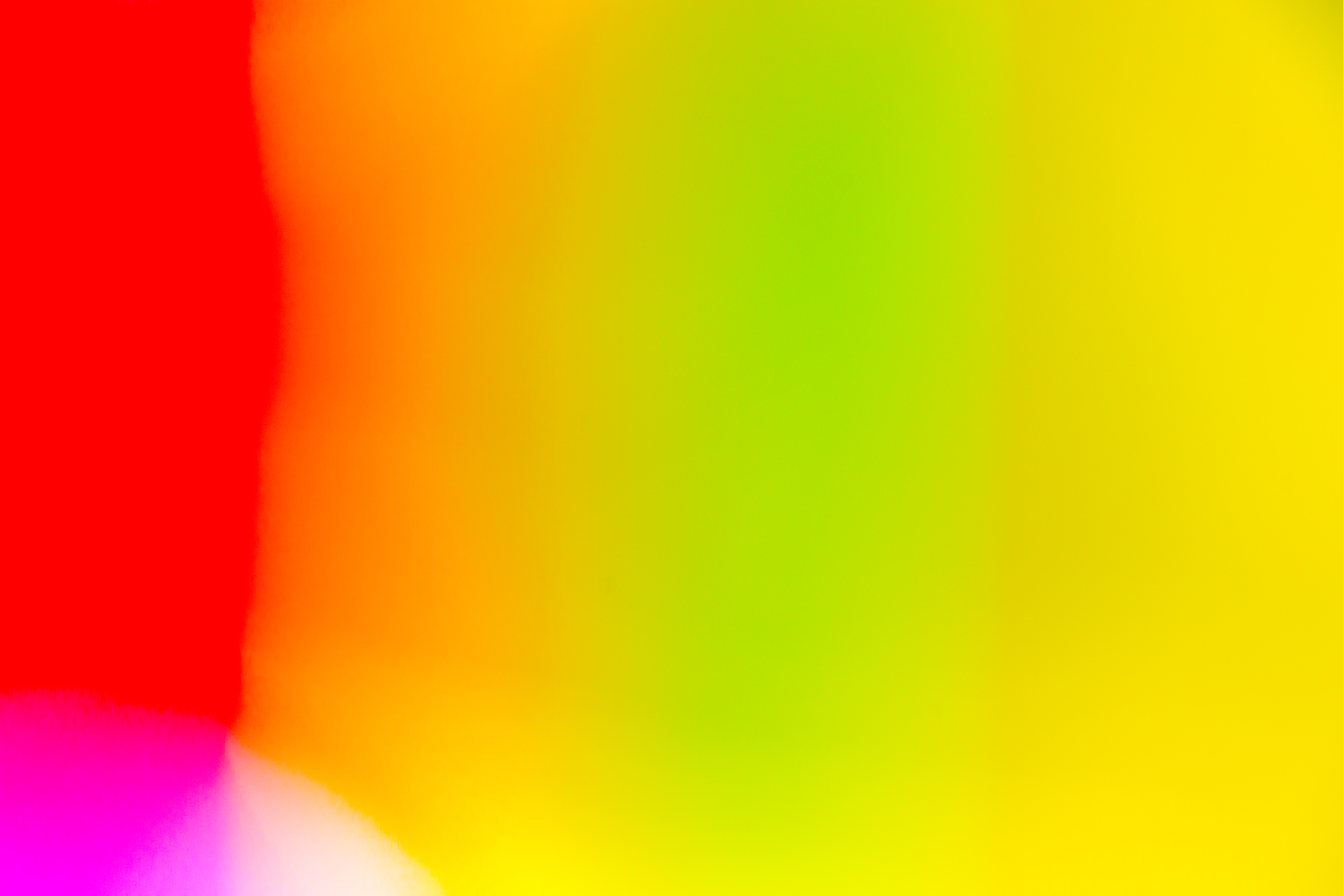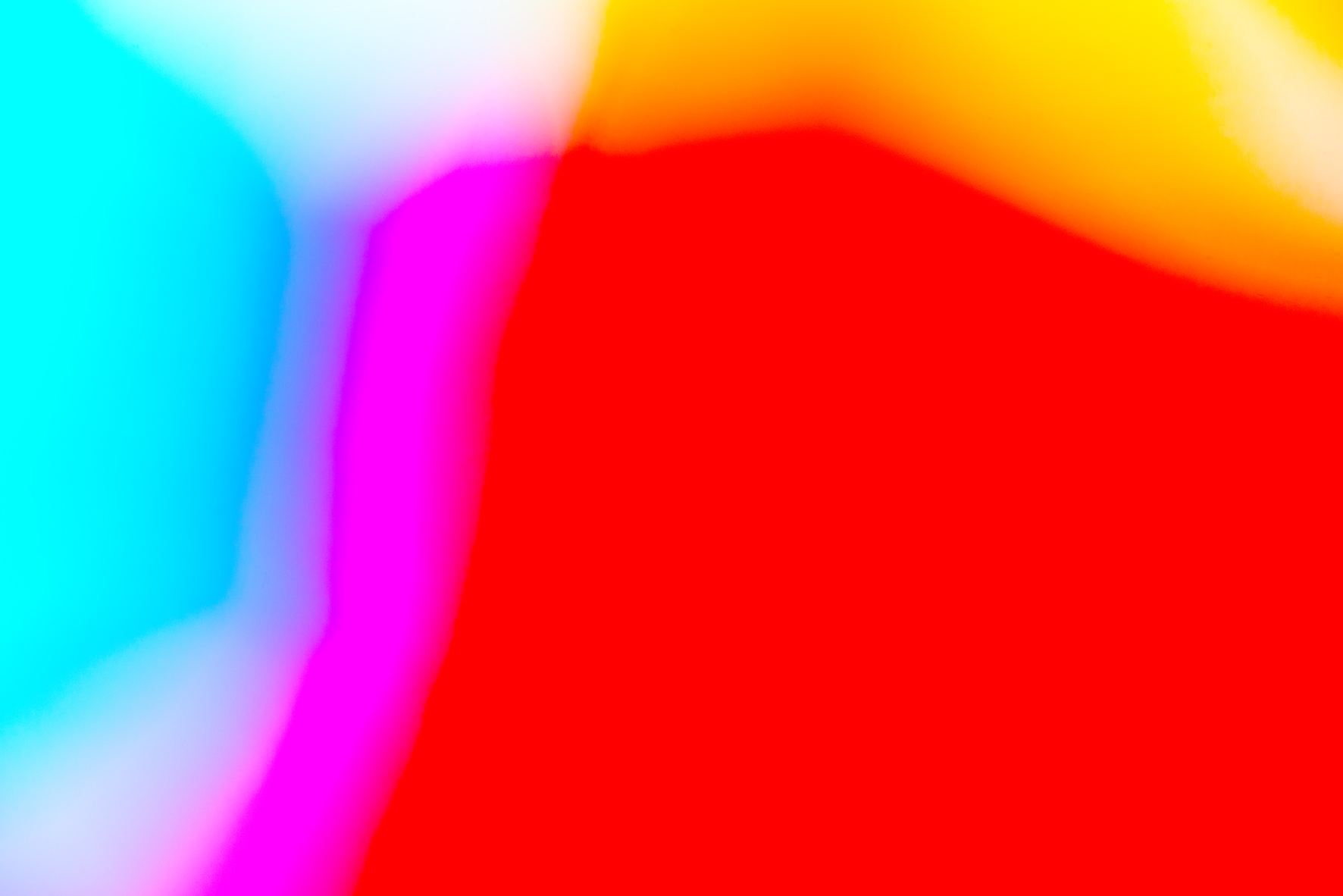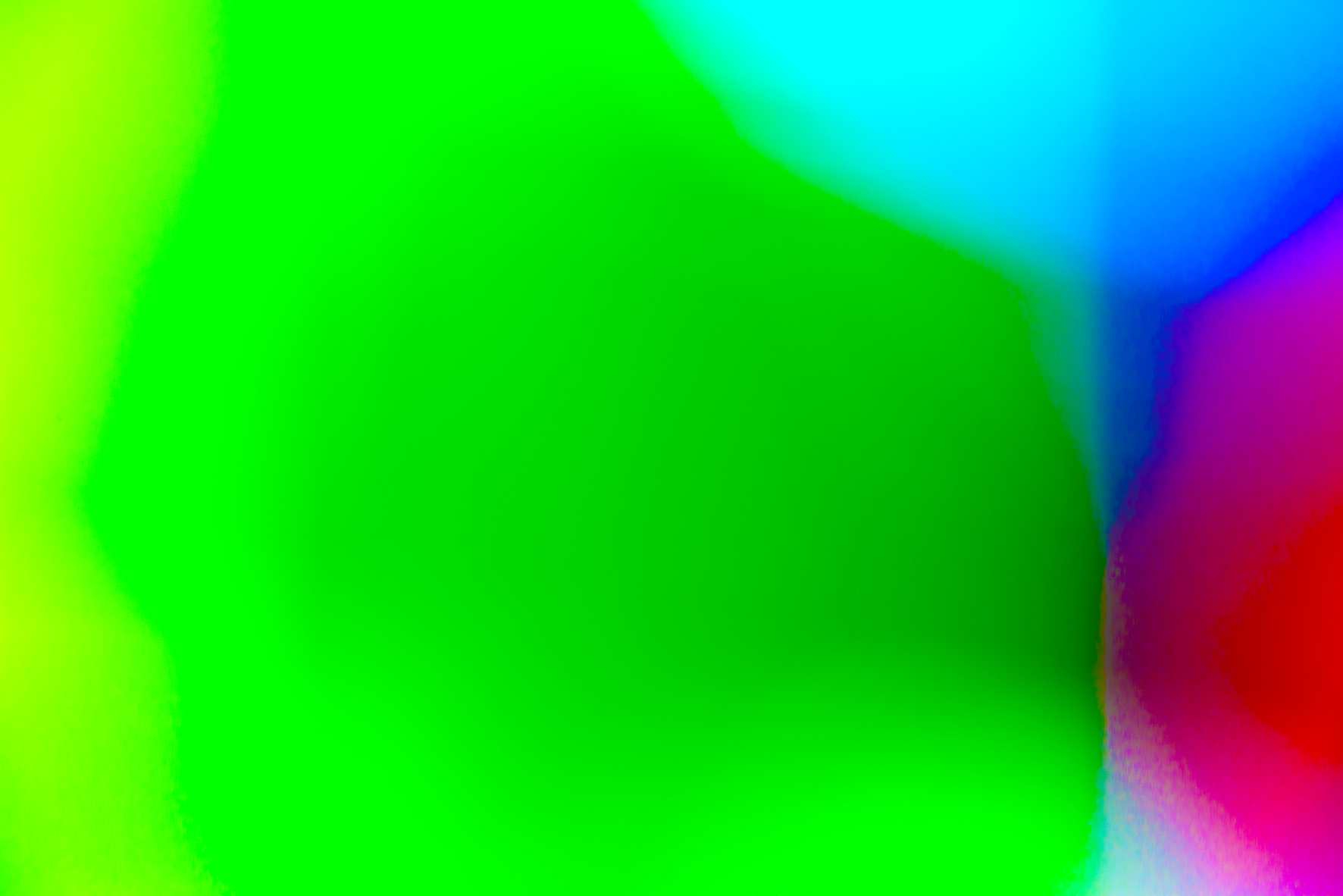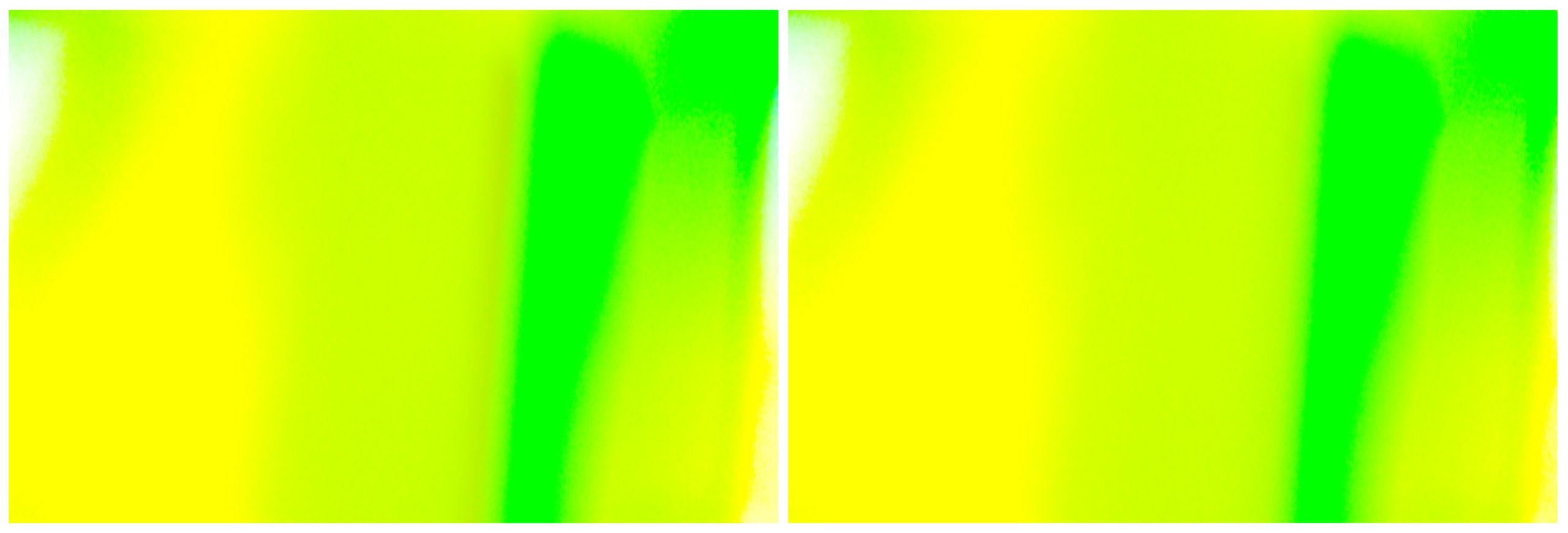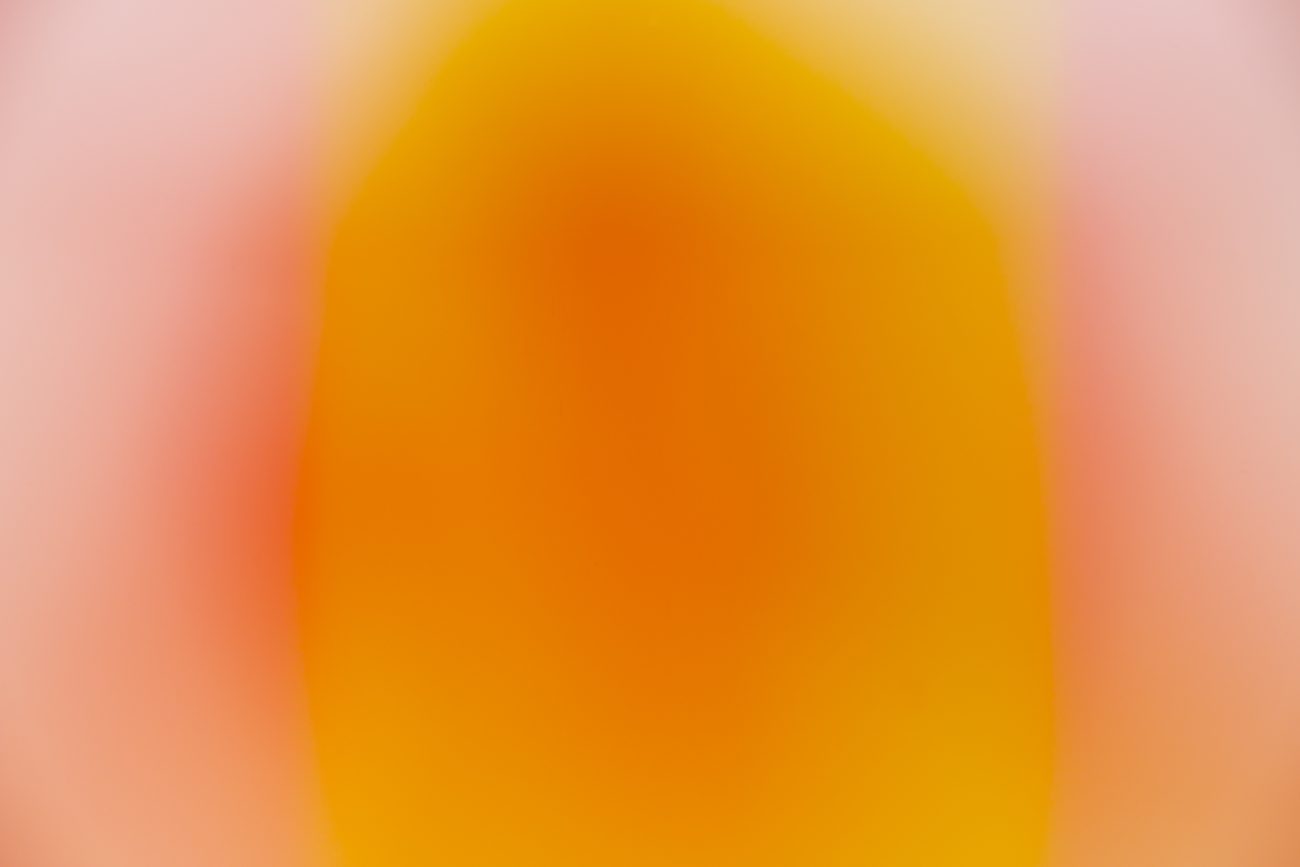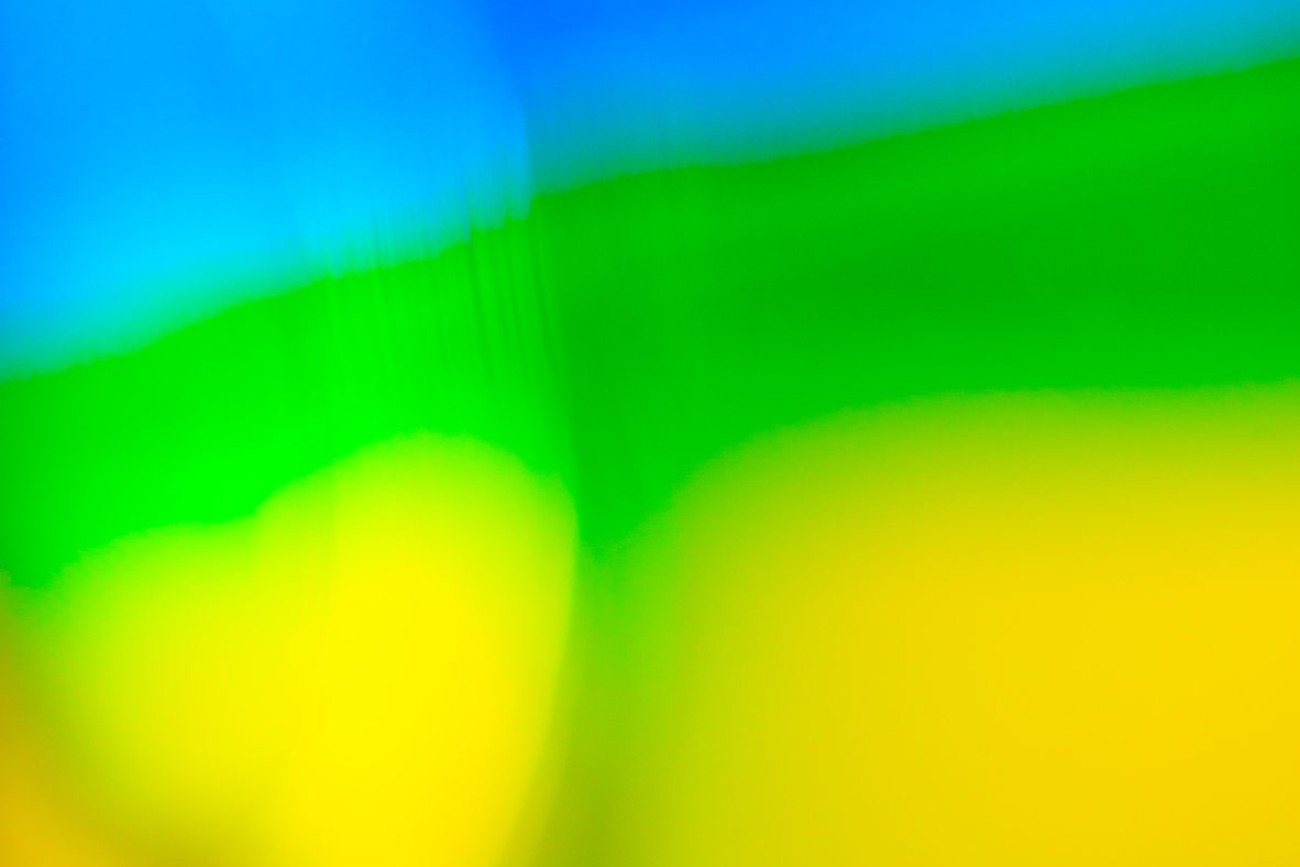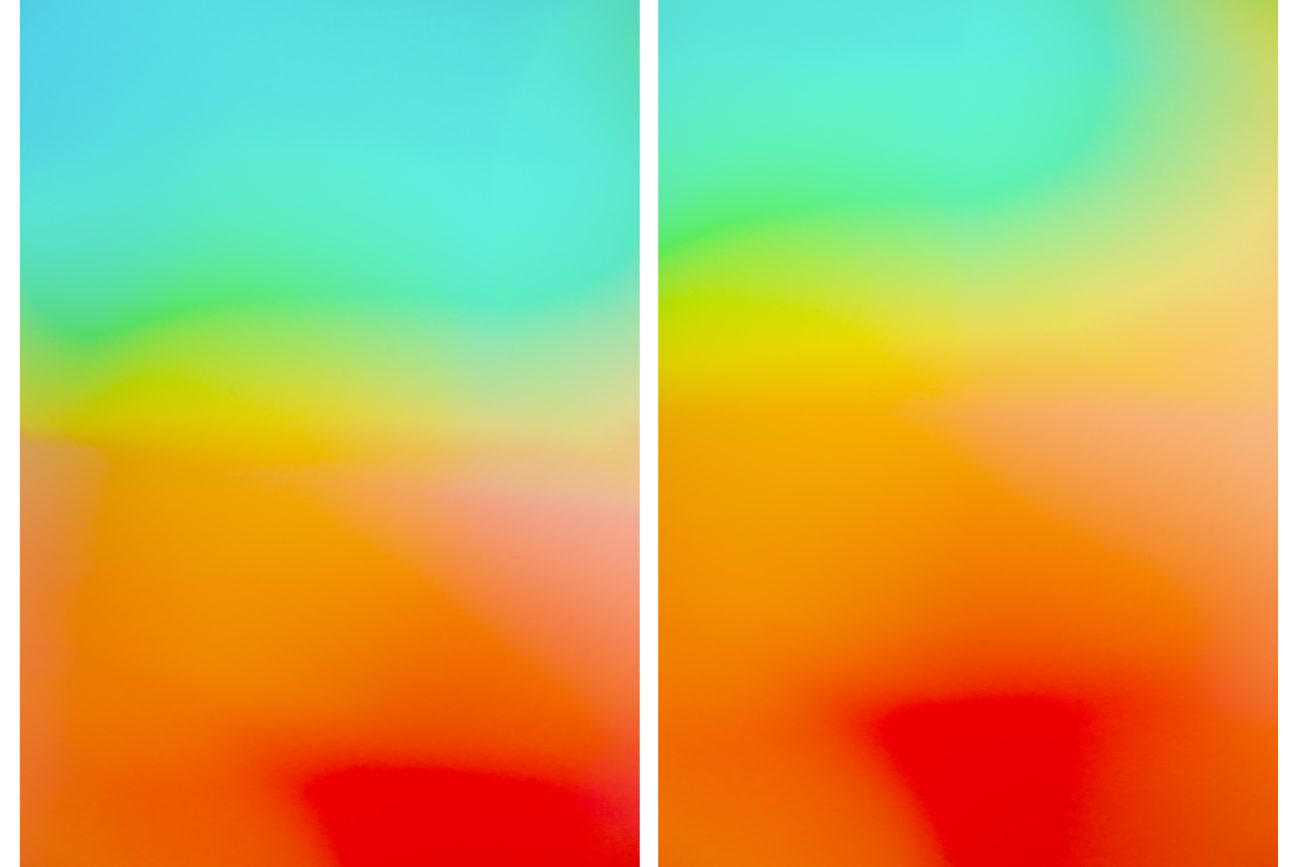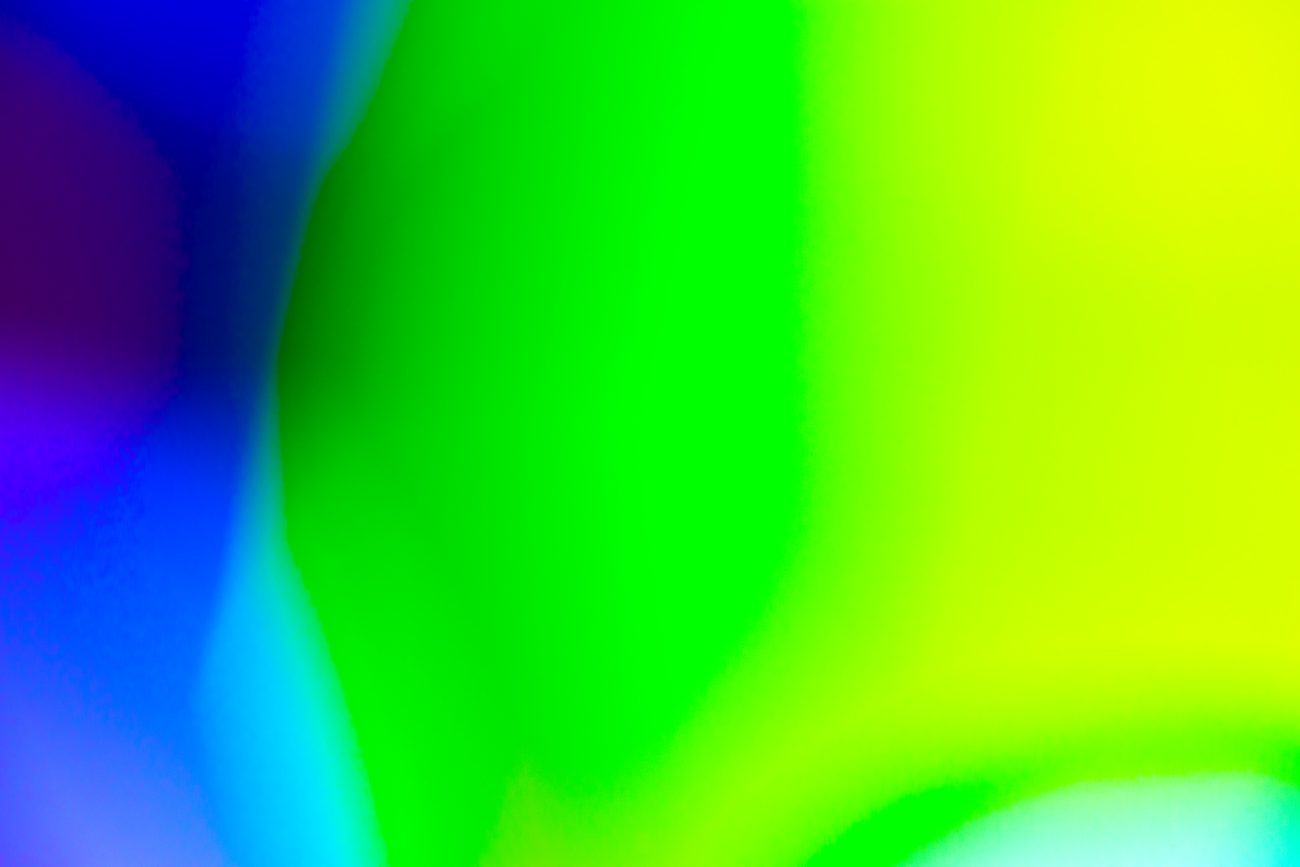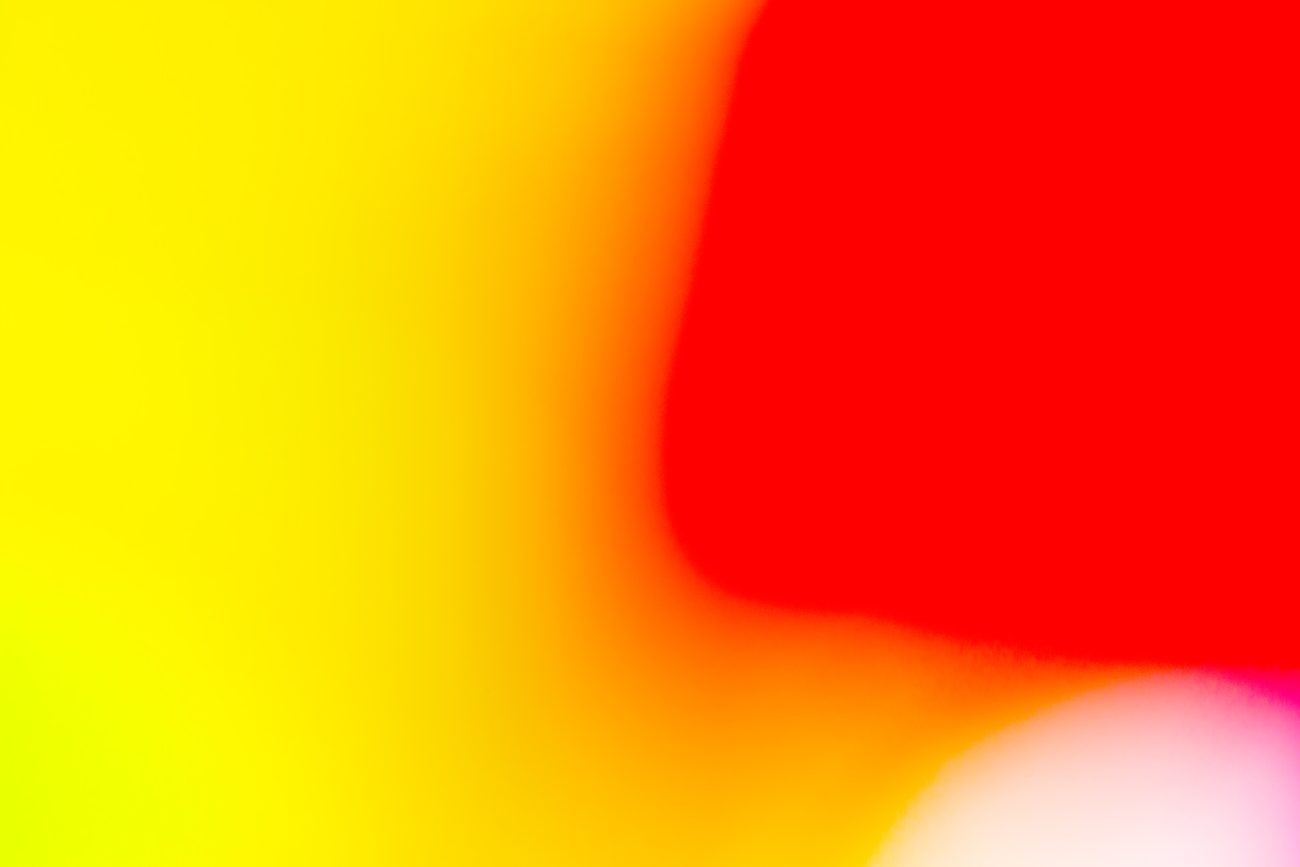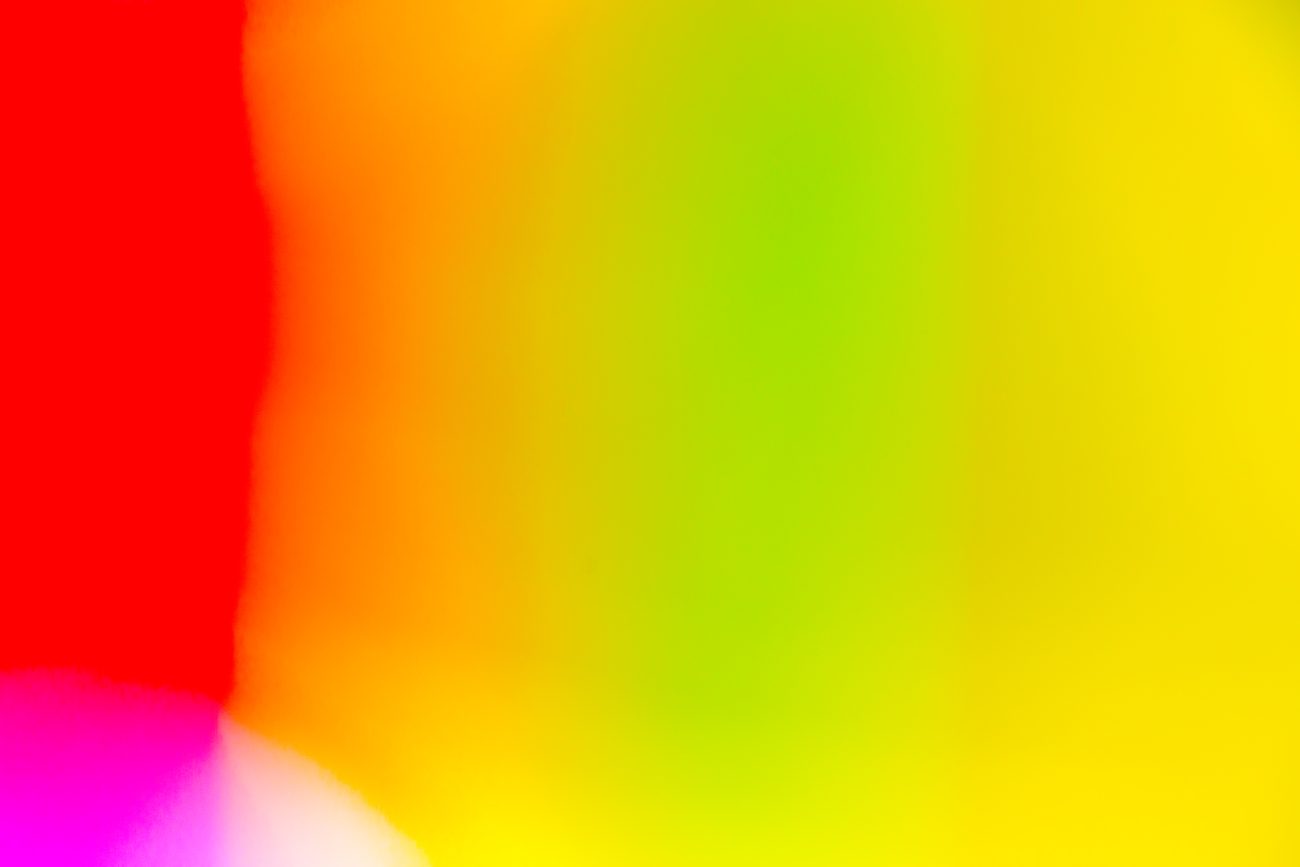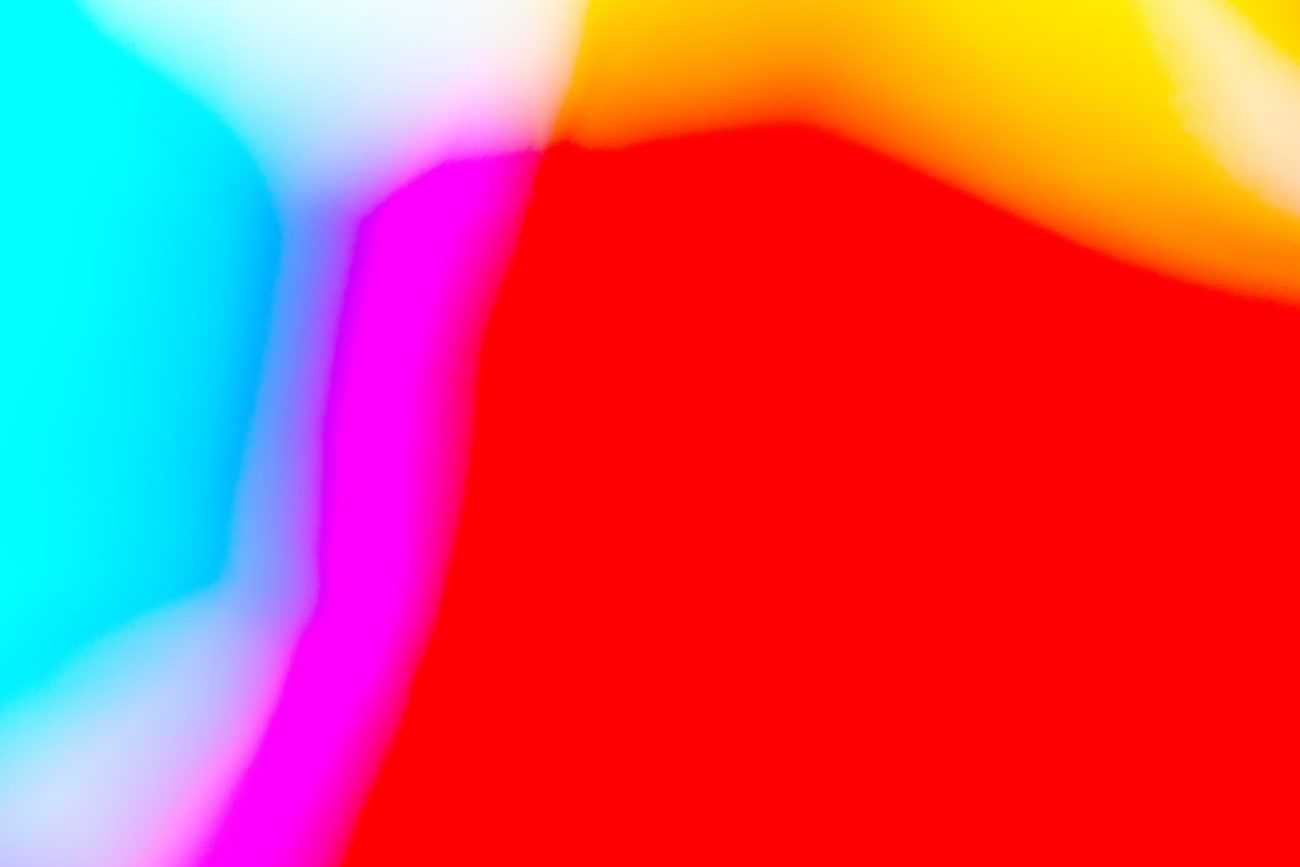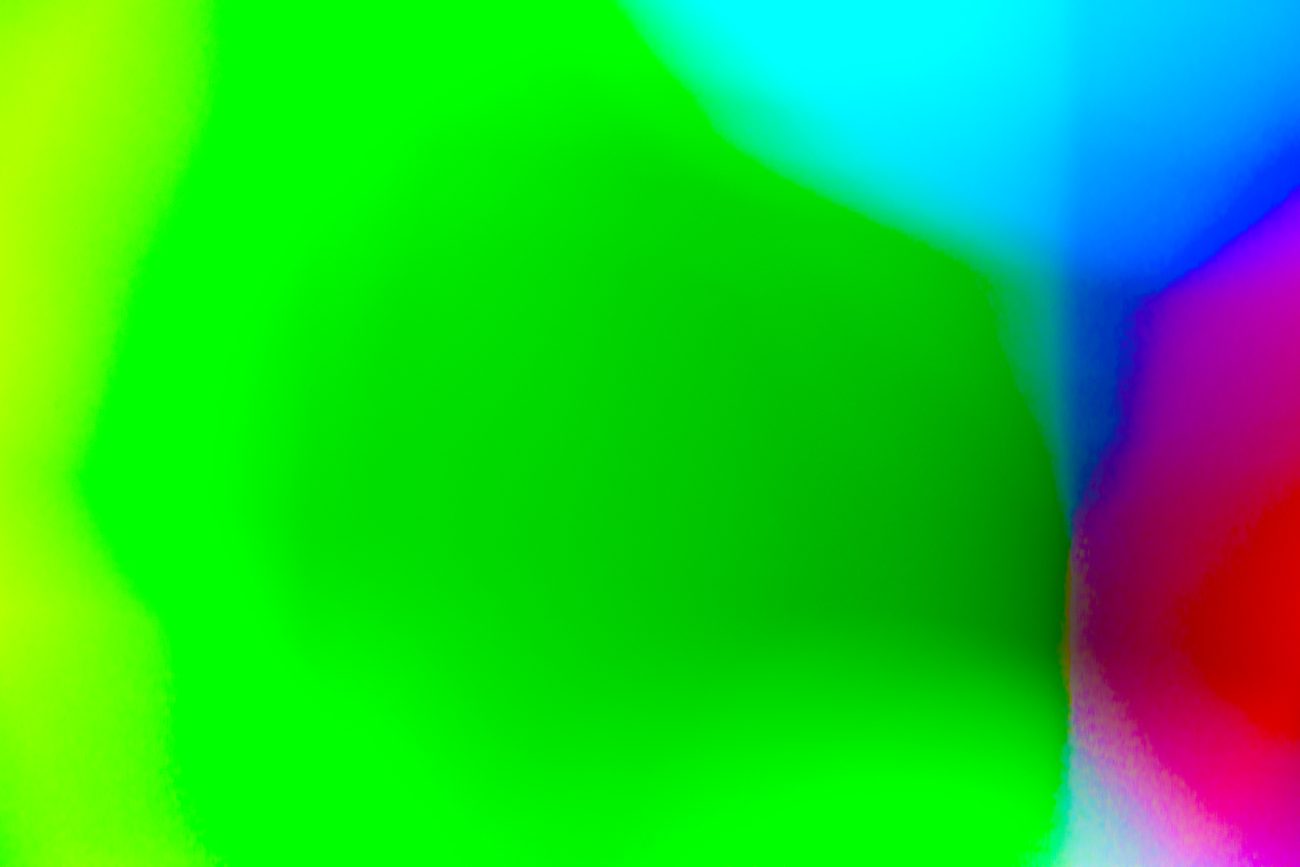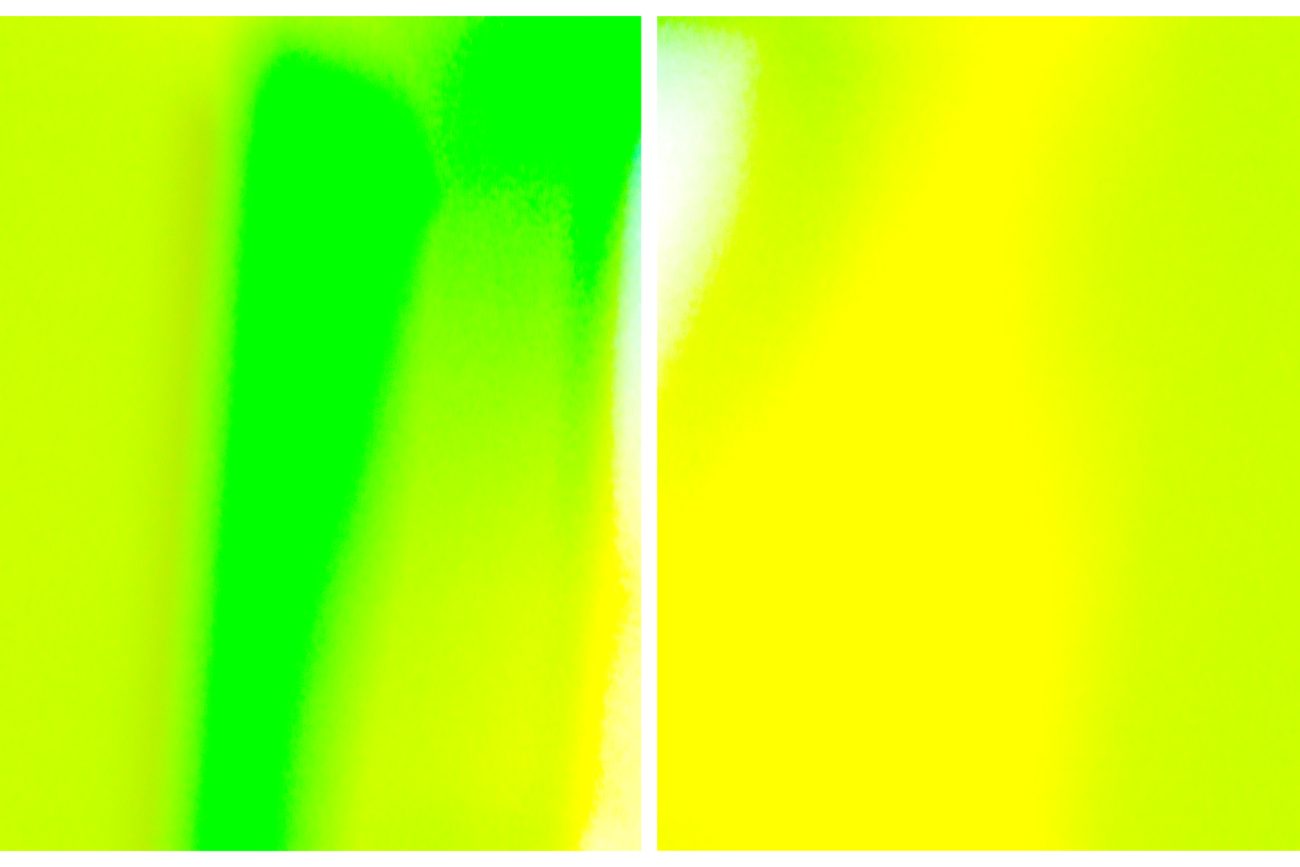Works
Layered Lights
視覚とは、光の刺激を受けて生じる感覚である。つまり、「光」がなければヒトを含めた生き物は何も見ることができない。「光」があるからこそ何かを見ることができ、目にした「存在」を認識できるのだ。
また、人間性とは一面的に語られるものでは決してなく、多面的に捉えることでしか本質に辿り着けない。それは事物の「存在」についても同じことが言えるだろう。人間にしろ、事物にしろ、「存在」というものは様々な関係性の中で相対的に確定されていくのだ。つまり、それぞれの存在が共鳴しあって、共に存在するのだ。その揺らぎに眼を向けることが本質を掴む上で大切なのだと思う。
そこで、自らの手で身近なものを使い、事物の揺らぎを作り出すことを始めた。揺らぎをカメラのレンズを通して「見て」、「写真」に起こして並べる。そうすると、イメージ内における要素の連関性や、イメージとイメージの間の連関性が見えるようになった。その連関性の間に、事物の「存在」が垣間見えた。
Vision is the sensation that results from the stimulation of light. In other words, without “light,” living beings, including humans, would be unable to see anything. It is only through the light that we can perceive and recognise the existence of what lies before us.
Similarly, human nature cannot be fully understood from a single perspective; it must be viewed through a multifaceted lens. The same applies to the “existence” of objects. Whether it is humans or objects, “existence” is not an absolute state, but it is defined and shaped by a web of relationships instead. In other words, each existence resonates with others and coexists. To truly understand the essence of things, I believe it is important to shift our attention on this wavering.
Consequently, I began to create this wavering by working directly with my hands, using familiar materials close at hand. I observed this wavering through the lens of a camera, capturing it as photographs and arranging them in sequence. Through this process, I started to recognize the interconnections between elements within each image, as well as the relationships between one image and the next. Within these relationships, I caught glimpses of the “existence” of things.
